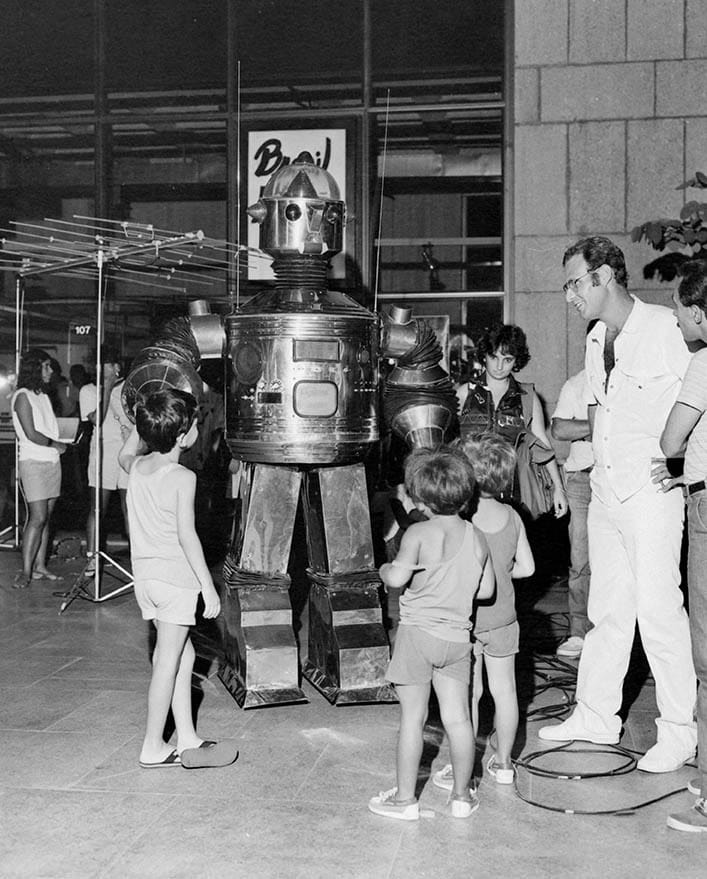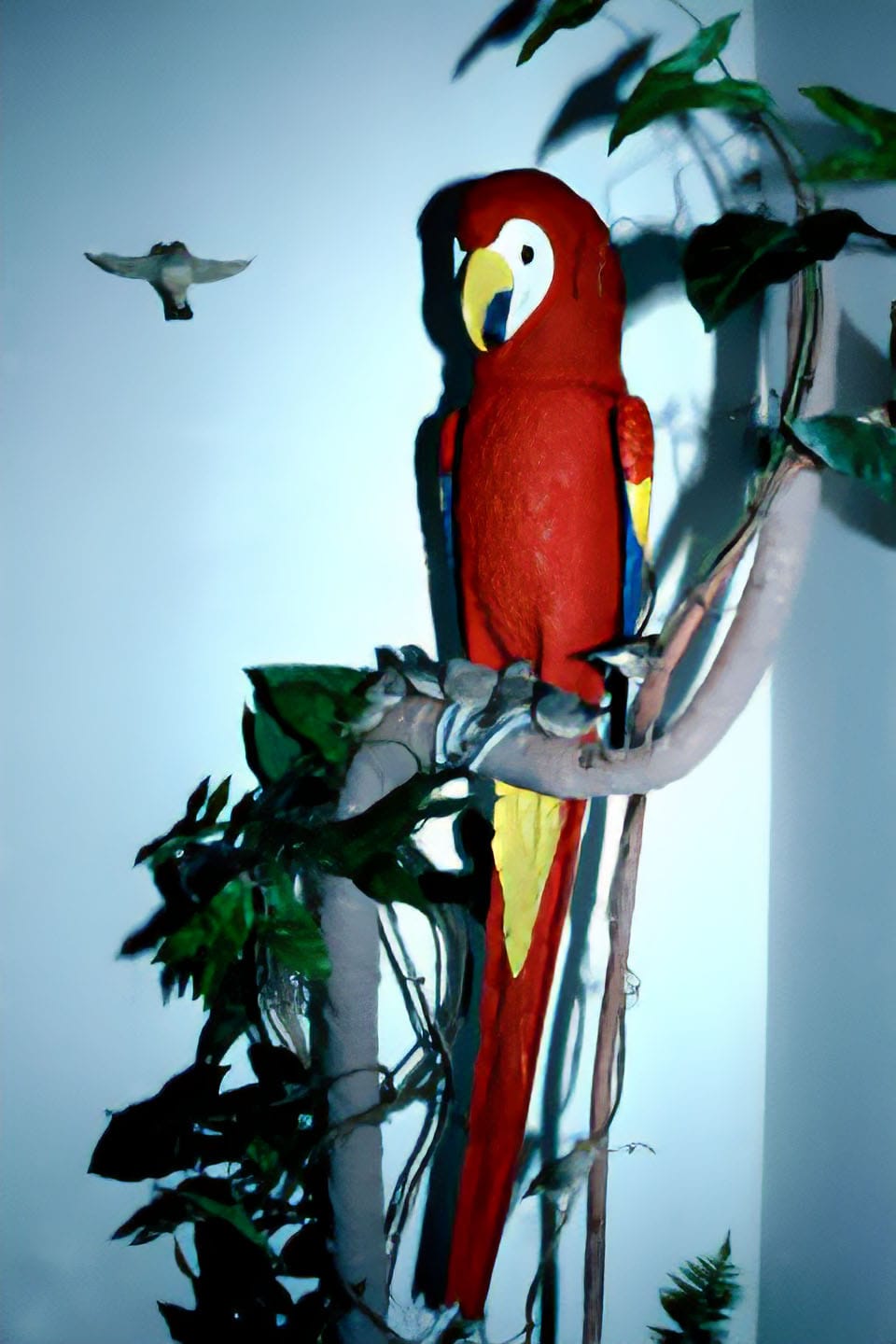Eduardo Kac is a Brazilian contemporary artist, born in 1962 in Rio de Janeiro, whose artworks include various forms, such as performance art, poetry, holography, interactive art, and bioart.
In his early career, he pursued studies in performance art, presenting a series of public performances. Later on, he moved to Chicago, Illinois, where he studied at the School of the Art Institute of Chicago, earned a master of fine arts, and became a professor of art and technology. He had several exhibitions all over Europe and the Americas, receiving many prizes and awards, including the Leonardo Award for Excellence in 1998 and the InterCommunication Centre Biennial Award in 1999 in Tokyo.
Kac’s efforts in creating new forms of art opened new directions for contemporary art, starting with traditional artistic performances and moving on to the exploration of holography, poetry, and telecommunication art, as well as the intersection of clean energy, as he uses environment-friendly materials in his research and experiments, which reflect on the United Nations Sustainable Development Goal for Affordable and Clean Energy.
Telecommunication art, according to Kac, is a form of art that demonstrates the necessary move from pictorial representation to communicative experience, and this experience, in contrast with the object, is predominantly more unstable, open, and ephemeral yet is mostly linked to the material body.

In this regard, Kac considered the word "immaterial" to be understood here as applied, not to something that doesn't give itself to the senses but as something whose reality cannot be translated into tangible materials. Kac's first telepresence project, called RC Robot was carried out in 1986. He debuted what he dubbed a telepresence work, a radio-controlled robot that served as a transmission system for conversations between viewers and a remote operator.
He used a seven-foot-tall anthropomorphic robot as a host who conversed with an exhibition, Brasil High Tech, visitors in real-time. The robot's voice was a human's voice being transmitted via radio, and exhibition visitors did not see the telerobot operator, who was telepresent on the RC robot's body.
Mythopoetic was also a part of his artwork, Uirapuru. An actual Amazonian bird and a mythical creature inspired Kac, inspired by its dual status as real and legendary, to create a virtual yet physical project named after this creature.
This is how the project was illustrated: a blimp, a telerobotic flying fish that can be controlled both through a local interface, which is a fish-shaped object that can be moved freely in space, and through the Web, lingers in the air in a forest in the gallery populated by colourful pingbirds, while responding to local and Web-based commands. Audio and video from its point of view are streamed on the Web. Local and remote participants interact with the avatar of the flying fish in a virtual world, after which the flying fish sings in the gallery.

Simultaneously, pingbirds, which are telerobotic birds that send ping commands to servers geographically located in the Amazon region, sing Amazonian bird songs in the gallery in response to the rhythm of Internet traffic.
Kac's artwork in telepresence, bioart, and robotics confounds the traditional meanings of human, animal, robot, and communication. It also discusses important matters that may face societies shortly and involves asking important questions and posing the issues that are rumbling through different cultures, but doing it in a way that gives it a visual form and a way that people can talk about.
Kac’s work expresses the relationship between contemporary art, science, and technology. His quest is to investigate the poetics of life and evolution, which may also include experimentation with biological materials. His artwork is not destructive of traditional values, but it constructs a framework for future communications, and he believes that art and poetry should accompany people wherever they go.
